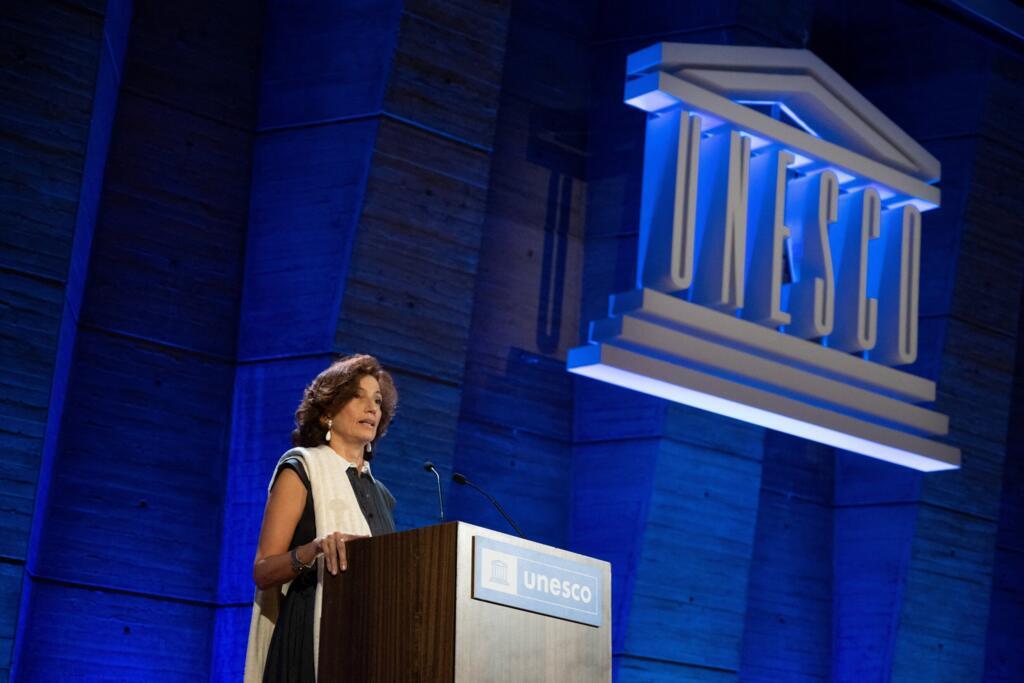This year’s Nobel Prize in economics (the Riksbank Prize to be more precise) has been awarded to three US-based economists for their research into what promotes or hinders the growth of wealth among nations; and they assign a crucial role to institutions, arguing that Western institutions, like electoral democracy, are conducive to growth. Where colonialism led to the promotion of what they call “inclusive institutions” such as in settler colonies, growth flourished, but elsewhere in the colonial empire, where colonialism set up “extractive institutions”, they turned out to be harmful for growth.
Their work has aroused much criticism. Some have argued that their argument lacks substance: the growth-success of East Asia is accompanied by a lack of Western-style democracy, and of a corruption-free environment; indeed, corruption characterised the Western countries in their period of high growth.
Others have argued that the contrast between the colonies of settlement and other colonies can be attributed to the former receiving as immigrants the “kith and kin” of Western populations. Still others have been critical of the authors’ apotheosising Western institutions and of their being silent on the extreme oppression unleashed by colonialism.
Our purpose here is not to discuss these authors’ arguments but to underscore a basic lacuna in their very perception of growth and under-development, a lacuna that characterises the perception of even their critics, no matter how right these critics may otherwise be. This lacuna consists in their looking at poverty as arising from an absence of development rather than being a dialectical accompaniment of growth itself. The picture they implicitly subscribe to is of a race, where some countries with good (“inclusive”) institutions moved ahead while others with bad (“extractive”) institutions stayed behind.
What this picture misses is that the staying behind of some is because the others moved ahead, that capitalist growth produces poverty. The late Andre Gunder Frank had coined a phrase to describe this phenomenon: the development of under-development, which emphasised that under-development was not lack of development but itself a specific form of development that accompanied what we generally recognise as “development”. There is a complete absence of recognition of the dialectics between development and under-development or between the growth of wealth at one pole and poverty at another in the argument of the awardees of the Riksbank Prize.
The basic reason for this dialectics of the growth of wealth accompanying the growth of poverty, and its international counterpart, namely, the development of some countries accompanying the under-development of others lies in the following: capitalist growth is necessarily accompanied by a process of primitive accumulation of capital, entailing the expropriation and hence impoverishment of a mass of petty producers; but the number of persons engaged within the capitalist sector, those whom it assimilates as workers directly, are just a fraction of those impoverished.
The absolute numbers of the victims of primitive accumulation of capital who remain “outside the system” keep increasing as capital accumulation proceeds; or, if their absolute numbers do not increase but either remain constant or decline, then the extent of poverty increases among them. But a decline in both, the numbers impoverished by the system but remaining outside of it, and the extent of poverty of such persons, is ruled out by the fact that primitive accumulation is a ceaseless process.
It is this phenomenon which explains why the accumulation of wealth at one pole is simultaneously accompanied by the growth of poverty at another. The perception of this phenomenon, however, is typically obscured by the absence of a comprehensive vision of the totality of the accumulation process; attention is focussed only on a particular part of it, which gives an erroneous impression.
In the course of the long boom of capitalism, stretching from the mid-19th century right until the First World War, when capitalism consolidated itself as a global system, this dialectic of wealth and poverty worked as follows. There was a spread of capitalism from Britain to continental Europe and further to the temperate regions of European settlement, like Canada, the United States, Australia, New Zealand and South Africa.
The mechanism for this was a diffusion of industry to these areas of settler colonialism, made possible by Britain not only keeping its own market open to imports from these regions, but additionally exporting capital to them to accompany the massive out-migration from Britain and the rest of Europe to these regions.
The scale of European migration was estimated to be at least 50 million between the end of the Napoleonic war and the First World War. Those who migrated, dispossessed the local populations of their land; those of them who did not die fighting, or from the new diseases to which they were now exposed, were herded into “reservations”. The migration from Britain alone was so large that almost half the natural increase in Britain’s population each year, is estimated to have left its shores for the “New World” during this period.
Since the British market was open to both primary sector and industrial exports from these newly-industrialising countries of settlement and in addition Britain also made capital exports to these same countries, it ran up large balance of payments deficits vis-a-vis them.
Besides, Britain’s import surplus from these regions would have normally caused some de-industrialisation in the British economy creating unemployment and generating pressures to protect the British market against imported goods. This was averted because British goods, including above all cotton textiles that had spearheaded the Industrial Revolution, and that were being produced far in excess of the needs of its own domestic market, were exported to its tropical colonies; Eric Hobsbawm refers to Britain’s increasingly selling in the (tropical) colonies what it could not at home, as a “flight to the colonies”. Such exports caused in turn de-industrialisation in these colonies where the traditional artisans and craftsmen, above all spinners and weavers, lost their occupations and were thrown onto the land causing an increase in rents, a decline in wages, and a rise in mass poverty.
Britain’s balance of payments deficits vis-à-vis the “newly industrialising countries” of that period, were covered substantially by two items it earned from the tropical colonies: one was the de-industrialising exports to these colonies referred to above. The other was the drain of wealth, namely one-way transfers, from these colonies to Britain: the entire annual export surplus earnings of countries like India were siphoned off by Britain without any quid pro quo and helped to pay for Britain’s deficit vis-à-vis its settler colonies and other “new industrialisers”.
This system worked because these tropical colonies had a merchandise export surplus vis-à-vis the European Continent, the New World as well as Japan. India’s massive merchandise export surplus with these countries, the second largest in the world for many decades, arose from its ability to supply the primary commodities they required for their industrialisation. These export surplus earnings were entirely appropriated gratis by Britain to pay for its own deficit vis-à-vis the “New World”. It was gratis because Britain ‘paid’ the peasantry for their export goods out of their own taxes; this was perhaps the most important source of generating poverty in the tropical colonies.
The growth of wealth in the settler colonies and elsewhere during what Hobsbawm calls the “long nineteenth century” (stretching up to the First World War) had as its counterpart the growth of poverty, including periodic famines, in the tropical colonies which were colonies of conquest (as distinct from colonies of settlement).
Lest it be thought that countries like India were always as poor as they were at the time of Independence, an estimate by Shireen Moosvi, the economic historian, is worth citing here. She estimates the per capita income of Mughal India from the revenue figures given by Abul Fazl for 1575 and compares it with the per capita income figure provided by S Subramonian for the whole of India for 1910, and finds the latter to be lower than the former in real terms.
The spread of industrial capitalism in the long 19th century was made possible by sucking out a part of the surplus from tropical colonies; the market access provided to the “new industrialisers” by Britain had as its counterpart the encroachment by Britain into the markets of its tropical colonies. Both these were part of a process of primitive accumulation of capital which produced modern mass poverty in these colonies; but the beneficiaries of this primitive accumulation of capital were the temperate regions of European settlement which witnessed a massive increase in their wealth.
The accumulation of wealth and the accumulation of poverty were thus dialectically related. But bourgeois economics would never admit this fact.
Prabhat Patnaik is Professor Emeritus, Centre for Economic Studies and Planning, Jawaharlal Nehru University, New Delhi. The views are personal.





